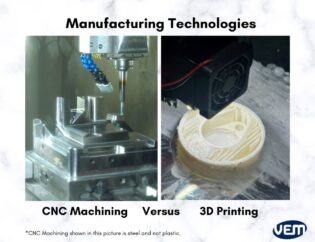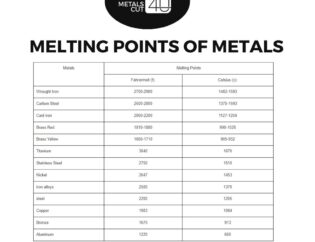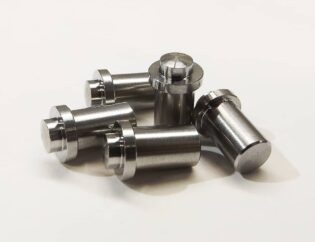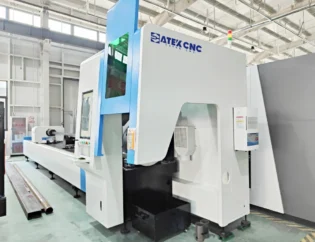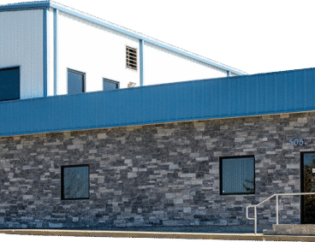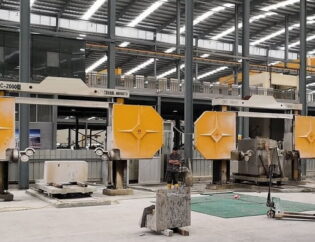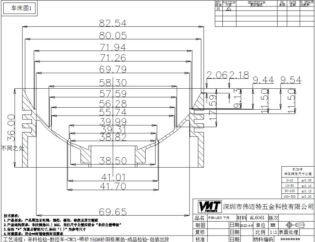CNC cutter bits are essential tools in the world of computer numerical control machining. Understanding their various types, materials, and applications is crucial for achieving precision and efficiency in your projects. This guide will delve into the intricacies of CNC cutter bits, providing insights that cater to both beginners and seasoned professionals.
Readers can expect to learn about the different types of cutter bits, including end mills, ball nose bits, and V-bits, along with their specific uses. We will explore the materials used in manufacturing these bits, such as carbide and high-speed steel, and discuss how these choices impact performance and durability.
Additionally, this guide will cover essential maintenance tips to prolong the life of your cutter bits and enhance their performance. By the end of this comprehensive resource, you will be equipped with the knowledge to select the right cutter bits for your CNC projects, ensuring optimal results and efficiency.
CNC Cutter Bits: A Comprehensive Guide
CNC (Computer Numerical Control) cutter bits are essential tools in the world of machining and woodworking. They are designed to carve, shape, and cut various materials with precision and efficiency. This guide will delve into the different types of CNC cutter bits, their technical features, and how to choose the right one for your projects. Whether you’re a hobbyist or a professional, understanding these tools can significantly enhance your craftsmanship.
Understanding CNC Cutter Bits
CNC cutter bits come in various shapes and sizes, each tailored for specific applications. They are typically made from high-quality materials like carbide, which ensures durability and longevity. The choice of cutter bit can affect the quality of the finished product, making it crucial to select the right type for your needs.
Technical Features of CNC Cutter Bits
When selecting CNC cutter bits, it’s essential to consider their technical features. Below is a comparison table highlighting some of the key specifications:
| Feature | Description |
|---|---|
| Material | Most bits are made from carbide, HSS (High-Speed Steel), or PCD (Polycrystalline Diamond). |
| Flute Count | The number of flutes affects chip removal and cutting speed. Common counts are 1, 2, or 3. |
| Diameter | Available in various diameters, typically ranging from 1/8″ to 1″. |
| Cutting Length | Refers to the length of the cutting edge; longer lengths are suitable for deeper cuts. |
| Coating | Some bits have coatings (like TiN or ZrN) to reduce friction and increase lifespan. |
| Type of Cut | Bits can be upcut, downcut, or compression, affecting the finish and application. |
Types of CNC Cutter Bits
CNC cutter bits can be categorized based on their design and intended use. Here’s a comparison table of the different types:
| Type | Description |
|---|---|
| End Mills | Versatile bits used for milling, available in various shapes and sizes. |
| Router Bits | Designed for woodworking, ideal for shaping edges and creating profiles. |
| Drill Bits | Used for drilling holes; available in various diameters and lengths. |
| V-Bits | Used for engraving and creating detailed designs; features a pointed tip. |
| Ball Nose Bits | Ideal for 3D contouring; rounded tip allows for smooth curves. |
| Specialty Bits | Designed for specific applications, such as PCB milling or sign making. |
Choosing the Right CNC Cutter Bit
Selecting the appropriate CNC cutter bit depends on several factors, including the material being cut, the desired finish, and the specific application. For instance, if you’re working with hardwood, a high-quality carbide router bit from www.amanatool.com may be ideal. Conversely, for softer materials, a high-speed steel bit from www.vortextool.com could suffice.
Material Considerations
The material of the cutter bit plays a significant role in its performance. Carbide bits are known for their hardness and wear resistance, making them suitable for tough materials. HSS bits are more affordable and can be used for softer materials but may dull faster.
Application-Specific Choices
For woodworking projects, bits from bitsbits.com offer a wide range of options tailored for various applications. If you’re focused on precision engraving, consider V-bits or ball nose bits, which are available on cicworkshop.com.
Conclusion
CNC cutter bits are indispensable tools for anyone involved in machining or woodworking. Understanding their technical features and types can help you make informed decisions, ensuring the success of your projects. Whether you choose bits from www.amanatool.com, www.vortextool.com, bitsbits.com, or cicworkshop.com, selecting the right cutter bit is crucial for achieving high-quality results.
FAQs
1. What is the difference between upcut and downcut bits?
Upcut bits pull chips upward, providing a clean bottom finish but can leave rough edges on the top. Downcut bits push chips downward, resulting in a smooth top finish but may cause chip buildup.
2. How do I determine the right diameter for my CNC bit?
The diameter should match the size of the cut you need to make. Smaller diameters are suitable for detailed work, while larger diameters are better for removing material quickly.
3. Can I use the same bit for different materials?
While some bits can handle multiple materials, it’s best to use specific bits designed for each material type to achieve optimal results and prolong the bit’s lifespan.
4. How often should I replace my CNC cutter bits?
Replace bits when you notice a decline in performance, such as increased cutting resistance or poor finish quality. Regular inspection can help determine when a bit needs replacement.
5. Where can I find high-quality CNC cutter bits?
You can find a variety of high-quality CNC cutter bits at www.amanatool.com, www.vortextool.com, bitsbits.com, and cicworkshop.com. Each site offers a range of options tailored to different applications.

